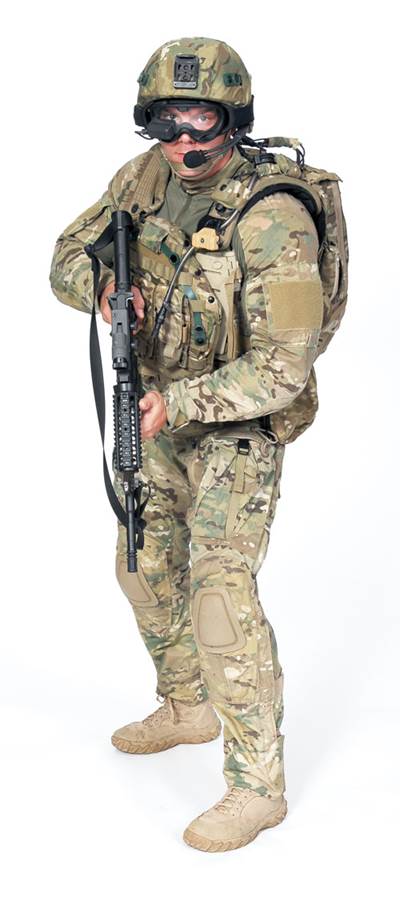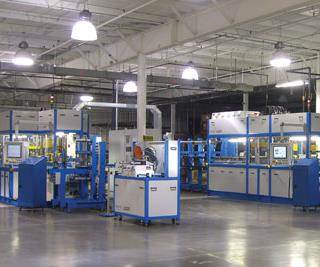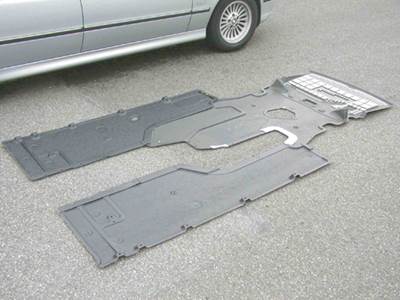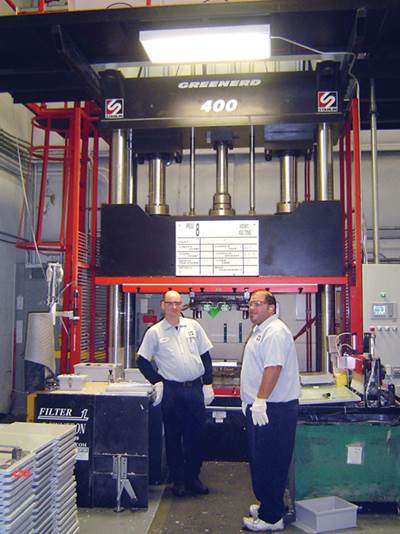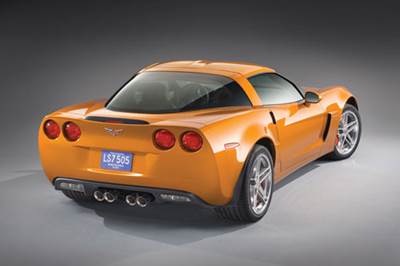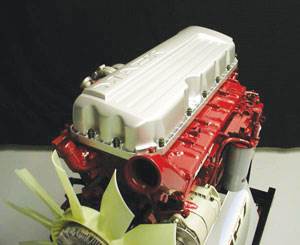Compression Molding
Low-volume thermoplastics: Differential pressure molding
Cost-effective tooling and presses enable semi-automated prototyping and low-volume production of thermoplastic composites.
Read MoreFuture combat helmet: Promising prototype
Tape laying, thermoforming methods hold hope for rapid coforming of thermoplastic shell and ballistic liner for U.S. Army’s future warfighter headgear.
Read MoreThermoformable thermoplastic composites
Thermoplastic composites that can be shaped into finished parts via thermoforming are proliferating as the thermoforming process gains traction, particularly in aerospace manufacturing. The following short article and chart provide some guidance in terms of sourcing.
Read MoreAerospace-grade compression molding
Continuous Compression Molding process produces structures 30 percent lighter than aluminum at costs that have both Airbus and Boeing sold.
Read MoreUBSs: Coming to North America
Common in Europe and Asia, the composite underbody shield might finally catch on in the U.S. and Canada.
Read MoreAutomated solution: New presses for SMC molding process
Using glass/polyester sheet molding compound (SMC) that it formulates and manufactures in-house, Stahlin Non-Metallic Enclosures (Belding, Mich.) produces composite boxes and enclosures for electrical systems and components.
Read MoreTaking Subjectivity out of Class A Surface Evaluation
Toward the goal of more consistent, repeatable and quantifiable Class A surface analysis, automakers and systems suppliers are developing and employing automated surface inspection tools.
Read MoreSMC Flexes Muscles in Other Markets
Often identified with automotive body applications, sheet molding compound shows growing promise in a variety of other temperature- and weather-resistant applications.
Read MoreInnovation Driving Automotive SMC
New materials, methods and machinery are restoring sheet molding compound's preferred material status for automotive and heavy truck body panels.
Read MoreAdvanced materials for aircraft interiors
Applications aren't as demanding as airframe composites, but requirements are still exacting — passenger safety is key.
Read More

